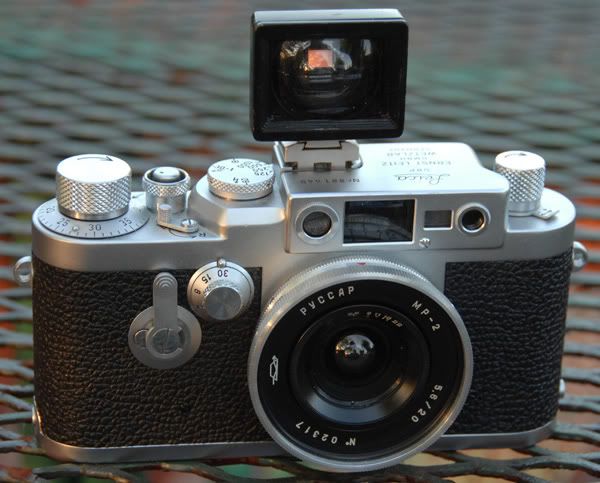Hi,
I'm planning to buy this lens and I would like to know the year of construction, and if are there some difference of rendering from year to year.
I've taken a look around, but are there opposing opinions.
What do you think about?
Thanks.
I hope You already received the lens and are having a great time using it!
Russar MR-2 is pretty much the constant lens on my Leica 1.
The opposing opinions about Russar MR-2 are mostly amongst photo enthusiasts and based on heavily frankenshteined lens examples…
In 1935 M.M.Roosinov observed previously unknown phenomenon of aberration vignetting and designed vignetting filter deposited on the inner surface of the exterior lens of the objective.
In 1938 Roosinov introduced the idea of enlarging the size of the entrance pupil as angular coverage increases.
By 1946 M.M.Roosinov lens design was patented and documented widely and when Ludwig Bertele was commissioned by Zeiss in 1951 to design a wide angle lens for Contax and Hasselblad, Bertele could not obtain master patent for the use of single meniscus at each end of the lens as Roosinov had already covered this.
At the International Congress at Stockholm in 1956 Bertele paid tribute to Russinov for his highly interesting and original solution to the problem of securing adequate illumination in the picture corners etc. etc..
Leitz and pretty much everyone else came to the game pretty late as well.
In 2011 Dr. Hubert Nasse, senior scientist at Zeiss and chief optical designer wrote:
"In 1946 the first patent for a new kind of symmetrical wide-angle lens was applied for by the Russian lens designer Michail Roossinov. It looked as if two retrofocus lenses had been combined with the rear elements together and thus had a symmetrical arrangement of positive refractive powers close to the aperture, surrounded at the front and back by strongly negative menisci.
As of 1951, Ludwig Bertele carried this idea further and designed the legendary Biogon on behalf of Zeiss..."






